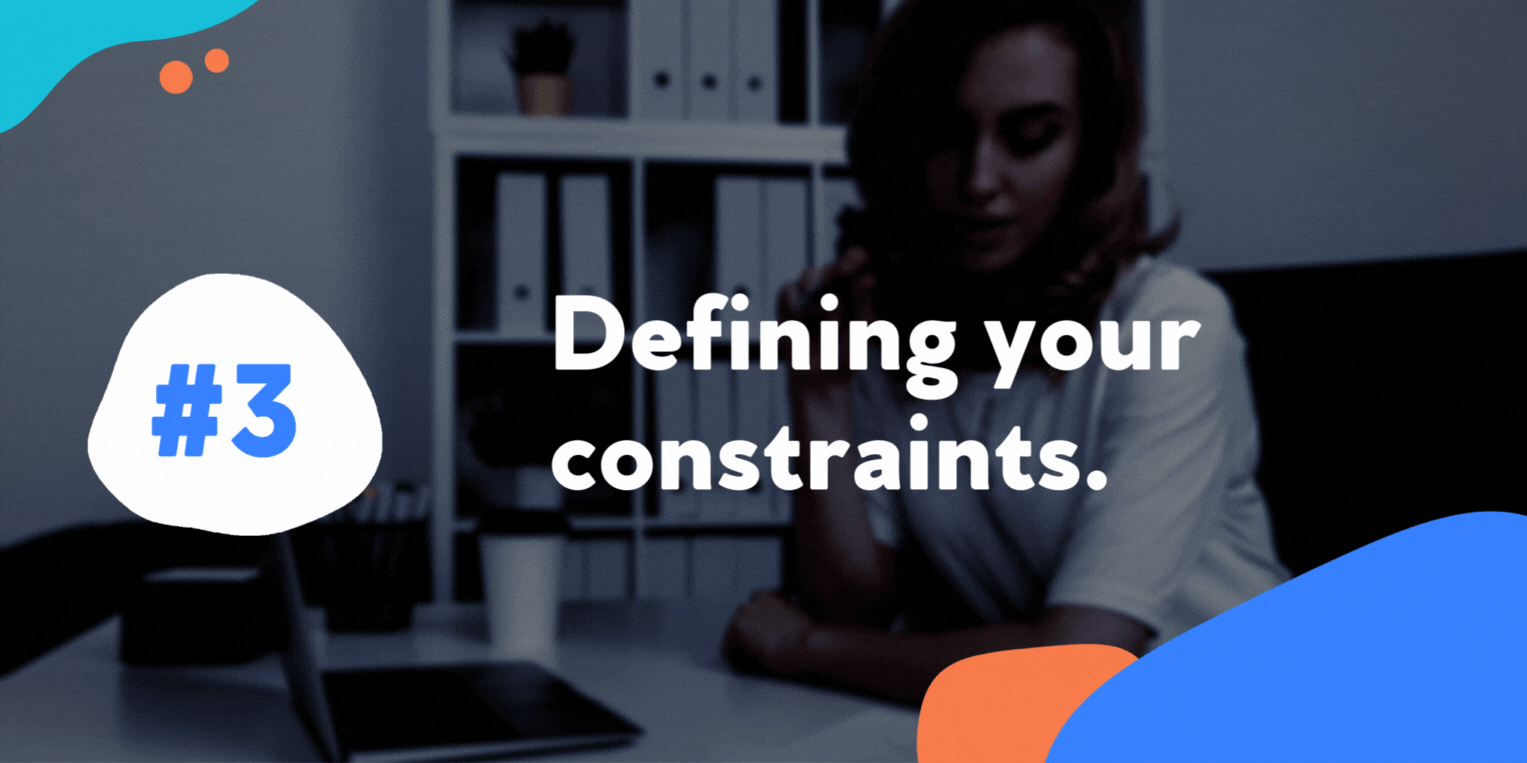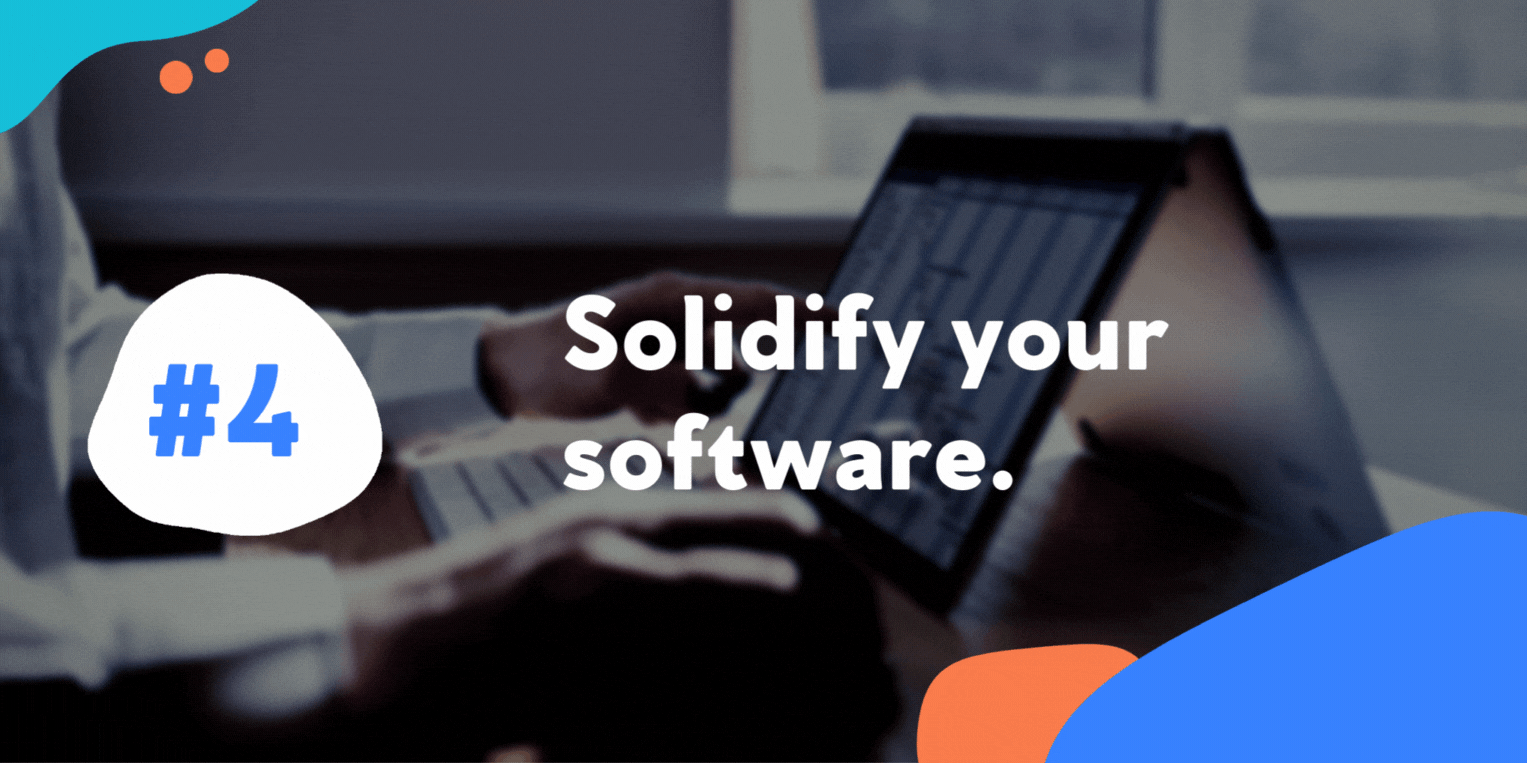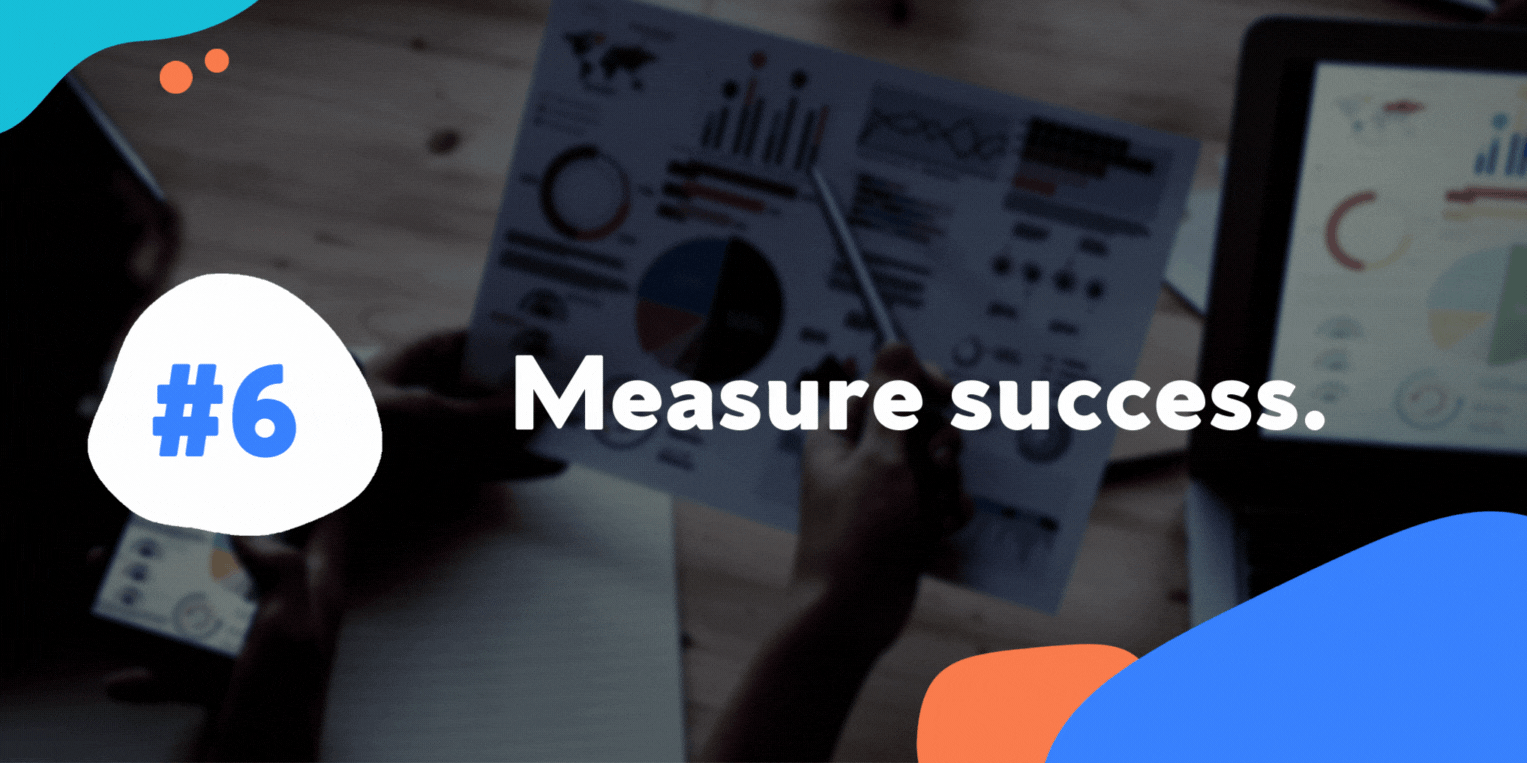Creating a Digital Strategy for Your Next Association Event

Written by guest contributor Carl Diesing.
Planning and hosting a large association event, whether a conference or a trade show, requires extensive coordination and resources from your association’s leadership. It’s a massive, often months-long endeavor.
How associations host events has changed over the past few years. While in-person events remain popular, many of your organization’s members have likely come to appreciate virtual event opportunities. Of course, whether your event is a live-streamed educational lecture, an in-person networking opportunity, or a hybrid fundraising gala, promoting any event will require a comprehensive digital strategy.
Your association’s digital strategy should work to forward both your immediate and long-term goals. Specifically, your event strategy should help you host successful events, and each event will serve as an opportunity to connect with members, raise funds, and establish yourself as an industry leader. In this article, we’ve collected six tips to help your association create a digital strategy for your next event:
- Determine the goals for your digital strategy.
- Understand the audience you’re trying to reach.
- Define your constraints.
- Solidify your software.
- Optimize communications.
- Measure success.
Overhauling your old digital strategy will be a time and resource-intensive process for most associations. This is why many associations turn to digital marketing consultants to help guide this project or even complete entire steps in the process for them. As you read through these tips, consider the scope, timeline, and budget of developing your new digital strategy to determine whether your association should seek out consulting services.

1. Determine the goals for your digital strategy.
Your goals will form the foundation of your strategy. To ensure that they will guide the rest of your project, refine them as needed to make them specific, measurable, and relevant to your association’s long-term objectives.
When first determining these goals, it’s okay to begin with a more general idea, such as:
- Increase digital event sign-ups
- Increase live webinar engagement
- Increase online course sign-ups
- Increase member satisfaction scores (such as if you provide surveys post-digital event)
After that, however, you want to nail down the specifics. Analyze your current approach to determine what the current gaps are and set actionable goals to close them.
Begin by examining key metrics in your database related to your goal. If your goal is increasing webinar signups, for instance, you’ll want to examine the data from past events with a critical eye toward what worked and what presented a conflict. Did you fail to market your event effectively and therefore had lower registration than you’d hoped? Or, was the webinar less engaging than it could have been, resulting in lackluster post-event conversions?
Your goals should target these specific areas of success and struggle. Make sure to include a timeline for when you want to achieve your goals, as well. For example, to improve marketing for a webinar, your association may set a goal to contact 20% more members than last time by X date.

2. Understand the audience you’re trying to reach.
The internet is a cluttered landscape. With so many organizations investing in their digital strategies, your association will be competing against more sites than ever before. Targeting your members as specifically as possible is one best practice to catch their attention.
Use your website, your social networks, and past data on digital interactions with your association stored in your Association Management System (AMS) to understand how receptive your audience is to digital advancements. This will let you know which digital tools to bring into your strategy (or not) and even how to go about doing so.
DNL OmniMedia’s guide to nonprofit website design discusses how both nonprofits and associations can benefit from bringing in a consultant to help analyze their core audience during the discovery stage. This phase of your digital strategy development will focus heavily on understanding what resources your association has, what your audience wants, and how your new strategy can leverage those resources to meet your audience’s wants.
There are a variety of ways you can take event operations digital. However, if you do not have a solid grasp on each platform you plan to utilize and how it plays into your overall strategy, then you’ll waste valuable time and resources on dead ends.
Examine past efforts to take your event’s operations digital. You may find:
- Attendees preferred one social network, such as Twitter, while largely ignoring another.
- Attendees enjoyed your event-specific mobile app but had difficulty adopting the new technology at first.
- In your post-event surveys, attendees expressed interest in new and innovative technologies that you hadn’t thought to incorporate.
While a new technical strategy is likely to add massive efficiency to your event planning, incorporating these tools into your efforts can still be resource-intensive. Ensure you’re putting your resources behind the right tools and platforms by focusing on communication methods your audience is most interested in.

3. Defining your constraints.
Whether or not your association has hosted digital events before, it’s important to understand that there may be certain limitations that you have to work within when planning.
Three common constraints that can affect your digital event planning strategy include:
- Stakeholder constraints. Whether it’s your leadership greenlighting funds, or even sponsors or key influencers involved with your event, make sure that everyone’s on the same page when planning a digital event. Make sure you get approval from all key stakeholders before making major changes to your efforts.
- Budgetary constraints. New event technology is an investment, and like with any other effort, you can only spend as much as your association’s budget allows. It’s best to identify a concrete financial limit early on and realize that this has to cover the cost of purchasing all needed technology and implementing it.
- Technology constraints. Consider your association’s current technical structure. Are there any major upgrades that will need to happen in order to carry out your new strategy, or any consultants you’ll need to bring on board to help handle the implementation? This can be an opportunity to check in on your staff’s technical knowledge and make sure everyone is prepared for the transition.
While you may be excited to pursue an ambitious digital strategy, there are outside forces that can affect the effort. Understanding them now will prevent costly missteps down the line, especially if you need to implement new strategies with relatively short notice.

4. Solidify your software.
It goes without saying that your digital strategy depends on your software. There are quite a few different software solutions for associations, and it’s up to you to figure out how to make the most of them to improve your next digital event or engagement initiative.
This is two-fold. There are certain technologies that you’re probably already using, and it might be time for you to reevaluate and decide whether they’re still meeting your organization’s needs. On the other hand, there are other tools that you’ve probably never invested in before that you might consider incorporating as your strategy evolves.
With that in mind, consider the following technology tools:
- Your AMS. This is your most comprehensive database of member information, and it’s crucial that the system is up-to-date and cleanly maintained. Check your AMS against data hygiene best practices and consider whether it’s time for an upgrade.
- Your website. Your association’s website is one of the first places members will visit for information regarding your upcoming event. Keep your website’s calendar and registration forms updated for your most recent events.
- Your event management software. Bringing multiple event planning tasks under one umbrella, event management software is a powerful tool to simplify the virtual event hosting and planning process.
- Your LMS. If you’re planning to offer new continuing education or certification opportunities to boost online engagement, consider using a Learning Management System (LMS) to facilitate that experience. Whether hosting supplementary educational materials or tracking completed credits, a LMS can play a central role.
- Your mobile technology. A large portion of the U.S. uses mobile phones to access the internet, with 15% of adults only accessing the internet through their smartphone. Ensure your member portals and any digital event aspects you’re offering are mobile accessible, so no members are excluded from the experience.
- Your CRM. For associations looking to scale up, it can be worthwhile to invest in a comprehensive CRM like the Salesforce CRM or Blackbaud Raiser’s Edge. A highly customizable CRM solution can ultimately help simplify your organization’s software, as a single system can integrate with a variety of other solutions. Keep in mind that implementing a CRM is a long-term process and will require your association to budget both for the cost of the technology and a consultant to help implement it.
Beyond choosing which tools to use, you’ll also want to make sure your software solutions can communicate with one another. The goal is to have one main database (like your AMS) collecting information from each solution, as well as connections between key tools (for example, your website and social networks).

5. Optimize communications.
Multi-channel strategies have proven to be one of the most successful marketing methods for organizations like associations. Modern association members are no longer limited to one communication method and are collecting news and information through a variety of outlets, whether social media, newsletters, or even physical mailings.
However, you do not need to use every platform at your disposal to create your digital strategy. Instead, choose which platforms would most appeal to your association’s audience, such as:
- Social networks. This is often most successful when you choose one or two social network platforms on which your supporters are most active and communicate accordingly.
- An event microsite. Consider creating a website specifically for your digital event and including all important information. Link to that site from your main site, as well as from all communications.
- Your newsletter. If you already send out a thriving newsletter, capitalize on that for your digital event marketing plan. Remember to be concise and make your messages scannable.
- Physical mailings. If you have more traditional members, send out physical mailings with clear instructions and URLs to access your digital presence. This can help those members discover your digital tools for engagement.
Whether using social media or directing more traditional members toward your website, there are a variety of ways to incorporate technology in your communications plan. Choose which platforms you’ll use based on your members’ preferences to ensure you are promoting your events in spaces they regularly visit.

6. Measure success.
Once investing time, energy, and resources into developing a digital strategy, ensure you have practices in place to help you analyze the results of those efforts.
From the start of your planning process, create strong data management protocols to track quantitative information associated with the effort. This data should be stored in your AMS or CRM in a uniform manner so you can evaluate it later. NPOInfo’s guide to data hygiene advises organizations to standardize their data input practices to ensure all information will be necessary or useful. If it has been some time since you last cleaned your database, it may be worthwhile to bring in a consultant to help complete the process for you.
From there, decide which specific conversion metrics you’d like to equate with success. If you feel stumped, consider your goals from the first section. For example:
- If your goal was to increase digital event attendance, one conversion metric to measure is webinar sign-ups.
From there, break down that conversion metric. Consider each step needed in the process to convert a member. So, webinar sign-ups can be more closely examined by:
- Which outlet did attendees sign-up through? A landing page on your website, your event microsite, or another method?
- How did attendees access that outlet? Did they find your registration landing page through a newsletter, or maybe a social media post?
This method can be applied to any goal your association was trying to reach through this digital strategy. With it, you can discover which aspects of your digital strategy directly contributed to your event’s success.
While you may not need to worry over logistics such as booking a venue or caterer, virtual events still require planning and a comprehensive digital strategy. To prepare for your next event, consider both what your association and your members hope to gain from that event. Then, assess your current resources to determine what tools you have and what you’ll need to host your event.

About Carl Diesing
Carl Diesing, Managing Director – Carl co-founded DNL OmniMedia in 2006 and has grown the team to accommodate clients with on-going web development projects. Together DNL OmniMedia has worked with over 100 organizations to assist them with accomplishing their online goals. As Managing Director of DNL OmniMedia, Carl works with nonprofits and their technology to foster fundraising, create awareness, cure disease, and solve social issues. Carl lives in the Hudson Valley with his wife Sarah and their two children Charlie and Evelyn.